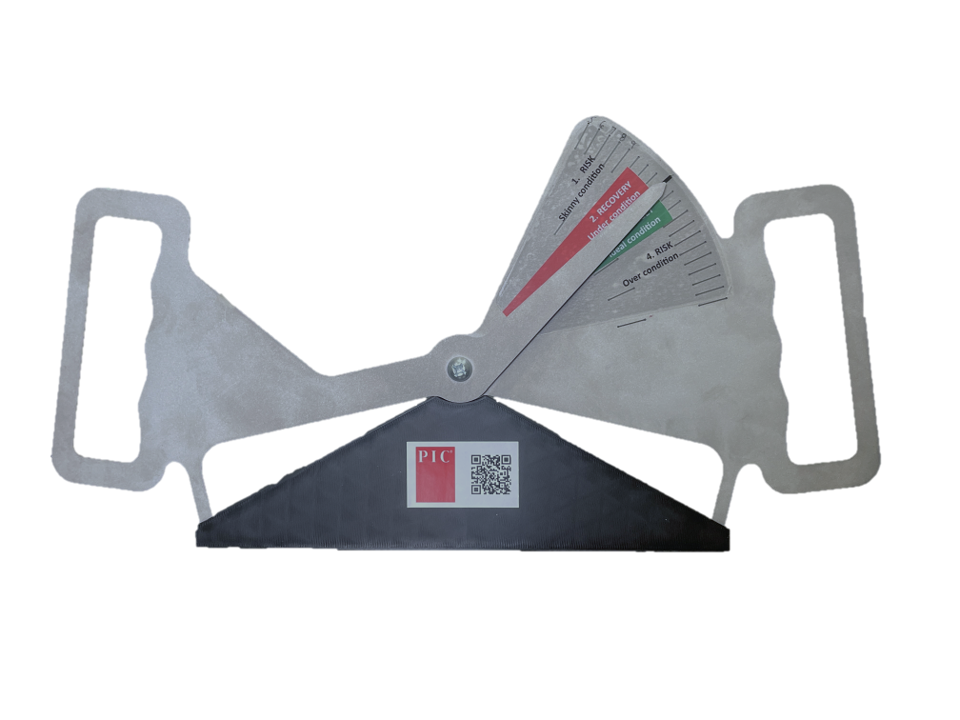21-minute listen

The Squeal 0135 – Sow Feeding, Part 2: Implementation Of A New Feeding Program – The Squeal
Part II of III: Having a well-designed sow feeding program in place is critical for a pork production system. It is also important that employees understand how to implement the sow feeding program to optimize sow body condition and performance.
In this episode of The Squeal, Jerry Purvis, NG Purvis Farms Nutrition Manager, Sergio Canavate, Ph.D., PIC Technical Services Director Applied Female Reproduction and Uislei Orlando, Ph.D., PIC Global Nutrition Programs Director, talk about how sow feeding program implementations contribute to the overall efficiency of a system.
What are some examples of how a sow feeding program improves sow farm productivity?
Purvis: I think in our system, once we got sows in better condition, our team observed that sows ate better in lactation. Then the team saw a better response in the production, in that these animals were more productive. Their return to estrus was better. So those are some of the things I think that they visually see improve, not to mention the economics.
What should we watch out for when implementing a new sow feeding program?
Canavate: It is important to be cautious that we are not drastically changing sow body condition from fat to thin. Success includes closely following up on how body condition changes during the sow feed program implementation phase, during the learning curve of using the new tool.
Can you implement a sow feeding program without sow body condition score data?
Orlando: People sometimes think sow body condition is just something they can do subjectively. They can look at a sow and say, “Yeah. It’s good.” But if you do not have data, it’s hard. If you cannot measure change, you don’t know if you are succeeding.
Download the PIC Sow Feeding Program Implementation Tool here.






